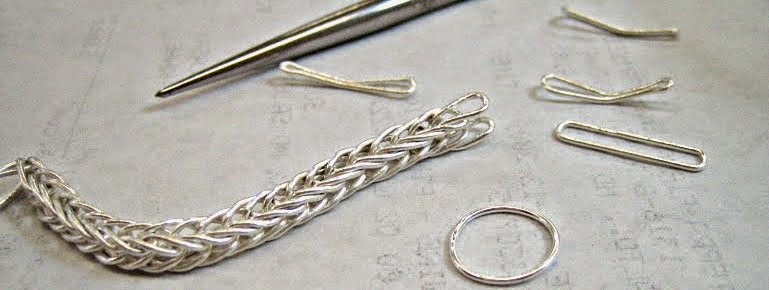Taking a Class #3
The First Session
The First Session
The night has finally arrived, June 8, 2009, the first class session. I arrive early only because I thought class started at 6 PM. I was too certain everything was prepared and under control to check the schedule! It was good because I got to ease back into the classroom situation slowly, talk to two instructors I had not seen in 4 or 5 years. I open my double-decker toolbox. I notice that I am not the first arrival. There are two other students, also in class early, and they are introducing themselves to me. Slowly people arrive. We get to fill out the first- night forms and read the hand-out information as we wait for the official starting time. I take a peek at the instructors finished show and tell pieces-- confirmation that this will be a good class. I let the instructor know of the date midway through the course that I will either be very late or miss class due to work related travel.
Class begins as the clock strikes 6:30 PM. The 10 students gather towards the front table where the instructor will talk, show the examples, and demonstrate the steps to make the chains. We will then try to duplicate what she effortlessly demonstrates. It always looks easier than it is. We form our first rings out of 22 gauge fine silver and fuse the openings on a dense charcoal block with an acetylene torch.
The instructor sets the tone of the class in the first session. She says this is a fun class and we should focus on getting our technique polished. We should not stress out about our designs. I have a feeling that we all still looked stressed. She may have expected a collective big “sigh” of relief, but none was heard. A syllabus is presented outlining the topics with goals for each class session. The projects expected from the students during the course are spelled out very clearly during the first session. We are expected to complete a necklace and a bracelet along with 7 samples of different type chains. Some of the materials are very unique and hard to find locally. These must be ordered and time is short in a summer course.
We may take a field trip to a local museum, appropriate because we are studying ancient chain making. We will be working in fine silver. Many examples in the museum are made in gold and are smaller gauge wire and smaller size rings than we will use. I can’t imagine working with gold. I guess you get used to the cost of gold after you work with it. It can always be melted down and re-used.The difference between Loop-in-Loop type chains and chain maille is partly this fusing or closing of the ring. The other difference is the folding or bending of the Loop-in-Loop construction. More on that after the 2nd class session.



